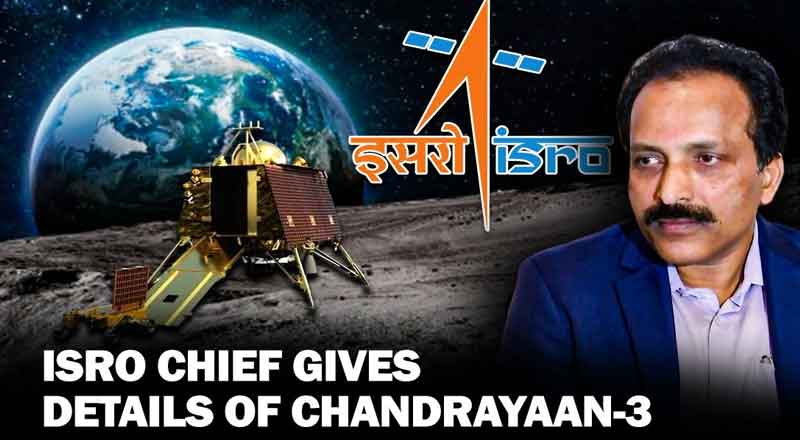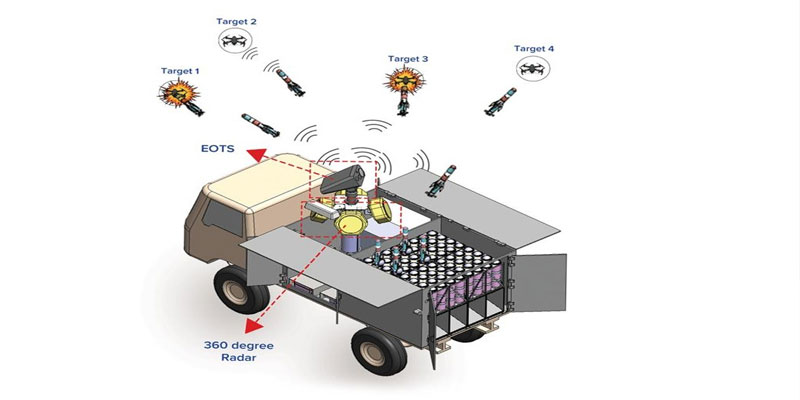- Chandrayaan-3 spacecraft’s lander Vikram today successfully separated from its propulsion module and continued its journey towards the Moon.
- Former ISRO Chairman K Sivan said that the space agency has achieved a milestone as the mission was very difficult.
- After its launch on July 14, the Chandrayaan-3 spacecraft entered its lunar orbit on August 5.
- The Vikram lander is now at a junction where the closest point on the moon, known as Peruline, will be 30 kilometres away, and its farthest point, the Apolune, will be about 100 kilometres from the Moon.
- Following its separation from the lander module, Vikram-3 is scheduled to perform a soft landing on the south pole of the Moon, on August 23.
Soon after the Chandrayaan-3’s Vikram lander successfully separated from the propulsion module, former ISRO Chairman K Sivan said that the space agency has achieved a milestone as the mission was very difficult.
ISRO was successful in separating the Chandrayaan-3’s lander module, the Vikram from the spacecraft’s propulsion module. Following the separation, the lander has now entered its “deboost” phase.
The idea is that the Vikram lander will now slowly start accelerating in a direction opposite the Moon’s gravitational pull so that the lander’s velocity gradually decreases, as it approaches the lunar surface. Think of this manoeuvre as slowly tapping the brakes of your car or bike to slow it down.
The Vikram lander is now at a junction where the closest point on the moon, known as Peruline, will be 30 kilometres away, and its farthest point, the Apolune, will be about 100 kilometres from the Moon.
Following its separation from the lander module, Vikram-3 is scheduled to perform a soft landing on the south pole of the Moon, on August 23. Following its landing, ISRO will soon get the Pragyan rover working its margin on the moon.
After its launch on July 14, the Chandrayaan-3 spacecraft entered its lunar orbit on August 5. ISRO then performed a series of orbit reduction manoeuvres to slowly trim Chandrayaan-3’s orbit and nudge the spacecraft into position above the Moon’s poles. In a choreographed sequence, these orbit-reducing manoeuvres took place on August 6, 9, 14, and 16.
Adding to the excitement, K Sivan, the former head of ISRO who led the Chandrayaan-2 mission, expressed his upbeat outlook. He voiced his optimism regarding Chandrayaan-3’s anticipated landing on the Moon’s surface on August 23.
Shedding light on the intricacies of the Chandrayaan-3 mission, ISRO’s current chief, S Somanath, provided insights into its design philosophy. He noted that, unlike its predecessor, Chandrayaan-3 is crafted with a failure-based design approach rather than one driven solely by success. Somanath explained that the focus is on addressing potential deviations or faults. This strategy prioritizes understanding what could possibly go awry and formulating safeguards to counter those scenarios.
(With inputs from agencies)





